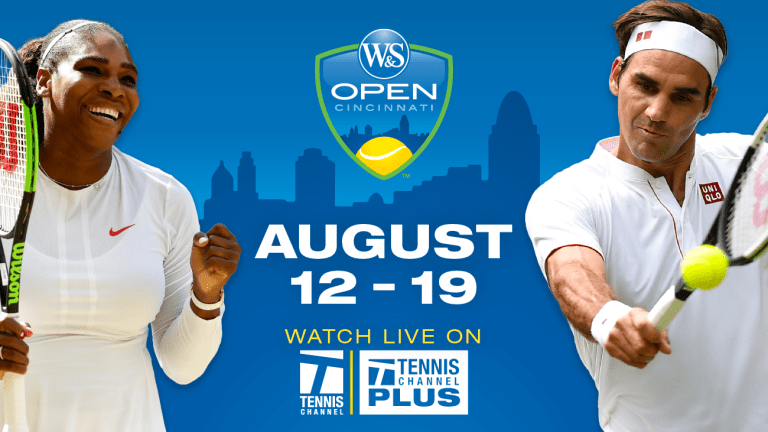In ’88, the two men would do it all over again. This time Wilander and Lendl played five sets in four hours and 54 minutes, a record for an Open final that was tied in 2012 by Andy Murray and Novak Djokovic. Rarely has a tennis match elicited such sharply divided reviews—you either loved this one or hated it.
On the love side was Tennis magazine’s Peter Bodo, who said that Wilander-Lendl was the best match of the Open era to that point. He was absorbed by the subtle push and pull between Mats and Ivan, as the Swede tried to find a winning formula against a man he had lost to six straight times. In the hate column was Sports Illustrated’s Curry Kirkpatrick. He advised Lendl and Wilander to take “their unbearably tedious Connecticut state championship rivalry back to Greenwich, where it belongs.” Kirkpatrick seemed to have it in for Lendl in particular. "His dour mien," he wrote of the Czech, "was enough to darken the sun."
Who was right, Bodo or Kirkpatrick? Yes, Wilander and Lendl hit a lot of rally balls, and took a lot of time between points. But it’s fascinating, in this slam-bang era, to look back and watch Wilander try to outhink the bigger-hitting Lendl, and ultimately succeed. His performance proved that net-rushing tennis, used judiciously, can be successful against even the strongest of baseliners.
Sadly, that the would be the last Wilander performance worth preserving. The effort to overcome Lendl, win the Open, and reach the top would prove to be too much for him. His win in ’88 was the flip side of Borg’s career-crushing loss on the same court in ’81. In Wilander’s case, achieving his dream would be his professional undoing.
That night, Mats called it the happiest moment of his life, but he also sounded hollowed out in his post-match presser. “I never knew what it took to be No. 1,” he said.
The last thing Wilander wanted was to do it again. After the Open, he took a vacation and essentially never returned. By January, he had lost the No. 1 ranking. By May, he was losing so often that SI ran an article entitled, “Suddenly A Door-Mats: Everybody and his brother is trampling on Mats Wilander.”
“I proved I could be No. 1,” Mats said. “What am I supposed to do, show them I can be No. 1 again?”
McEnroe said that the difference between Mats and himself was that the Swede didn’t need to show people, every time he played, that he was the best in the world. To Johnny Mac, being No. 1 was an identity. To Wilander, it was a goal, something separate from himself. It was, he discovered when he got there, just a number.

